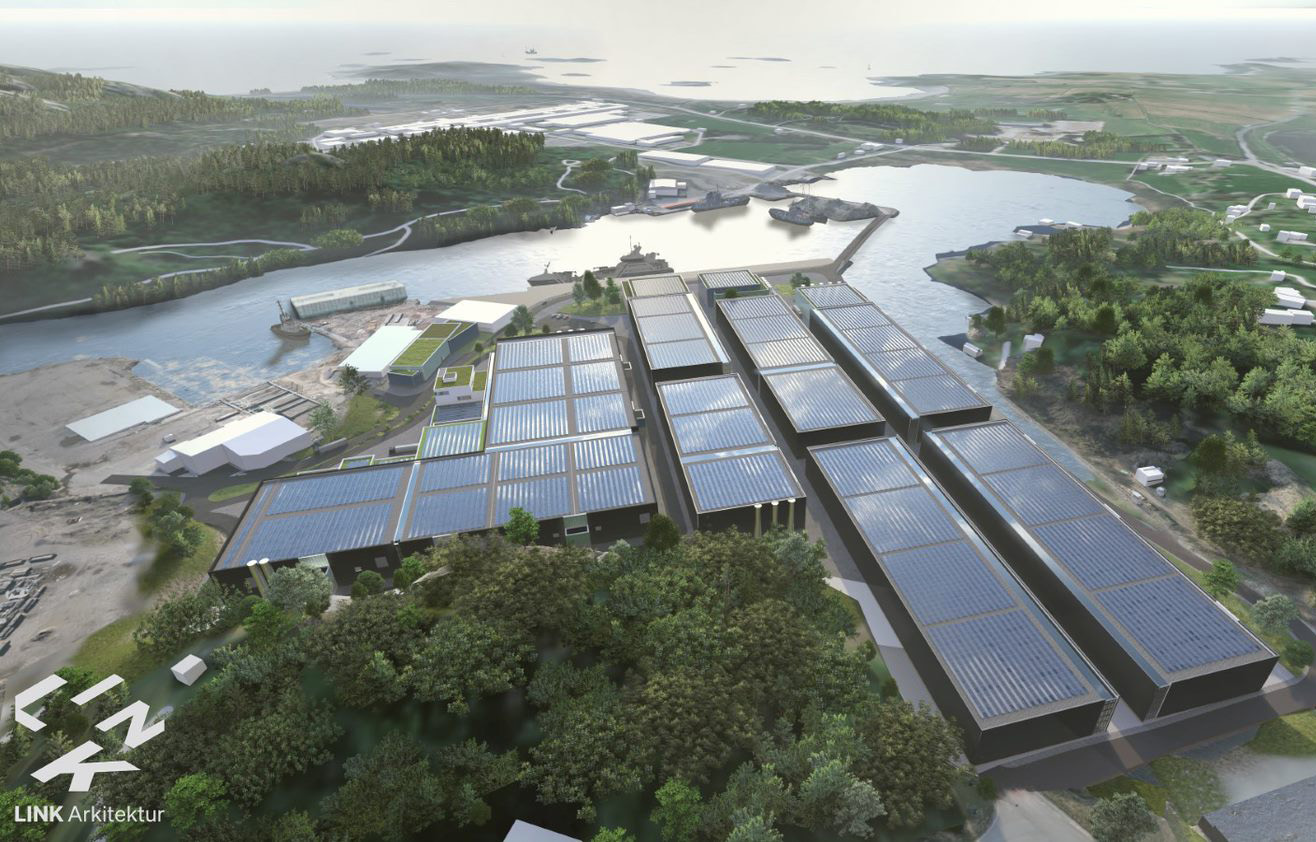Norwegian salmon firm Baring Farsund has signed a cooperative agreement to develop partnerships with local government and several seafood companies in Guangdong province, China.
Baring executives participated in a signing ceremony on 15 January of a strategic cooperation agreement and the joint establishment of a China-Europe Marine Fishery Industry Innovation Park to promote the deepwater off-shore mariculture industry in waters off Guangdong province.
According to a statement from the government of Shanwei – the city where the facility will be located – the industry park will focus on developing land-based salmon and tuna farming, as well as the production of several other species in cages off the local coast. The park itself is largely the work of Guangdong Marine Investment Development, a state-run entity.
Baring has also signed a contract with Shanwei Baiqian Agricultural Investment Development, an investment fund, and Guangdong Nanfeng Wang Technology, a manufacturer of plastic products, including fishery and aquaculture equipment. The contract commits the companies to “share resources and technologies to promote exchanges and cooperation between China and Europe in the field of marine fisheries.”
Drawing on Norwegian know-how can help Guangdong province develop its mariculture industry while also developing recirculating aquaculture (RAS) facilities, Zhang Jiasong, the director of the Fisheries Engineering Office of the South China Sea Fisheries Research Institute, said in a release from the Shanwei local government.
Baring obtained a license in 2022 to build a 24,000-metric-ton land-based facility for post-smolt and harvest-ready fish in Farsund, which is in the far south of Norway.
Farming salmon in RAS facilities to feed growing local demand follows a series of efforts driven by other Chinese cities to develop the salmon industry in the country, though those plans have not been without skepticism from experts.
University of Florida Professor Frank Asche, who is also a natural resource economist with a focus on seafood, told SeafoodSource that “high water temperatures is a challenge that one most likely will not be able to overcome,” referring to salmon production on the Chinese coast.
“Maximum growth for Atlantic salmon is achieved at around 13 to 14 degrees Celsius, and as one approaches 20 Celsius, it gets very limited before the fish starts dying in the mid-20s,” he said. “Before that, the feed factor will have increased a lot, though, so that production cost would be so high that one most likely would not be competitive. As far as I know, none of the other salmon species would do much better.”
Photo courtesy of Baring Farsund/Multiconsult







